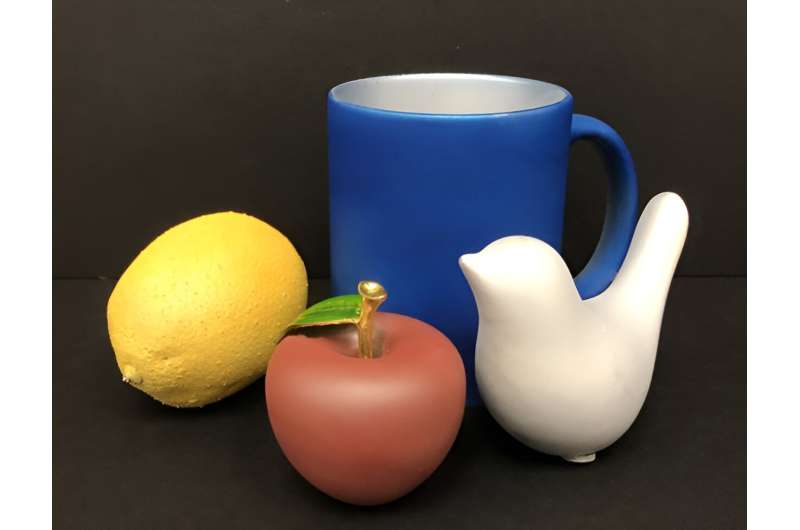Phys.org August 14. 2023
Space heating and cooling consume ~13% of global energy every year. To thermally isolate the space of concern and minimize the heat exchange with the outside environment has been recognized as one effective solution. Researchers at Stanford University developed a universal category of colorful low-emissivity paints to form bilayer coatings consisting of an infrared (IR)-reflective bottom layer and an IR-transparent top layer in colors. High mid-infrared reflectance (up to ~80%) was achieved, which is more than 10 times as conventional paints in the same colors, efficiently reducing both heat gain and loss from/to the outside environment. The high near-IR reflectance also benefits reducing solar heat gain in hot days. The paints struck a balance between energy savings and penalties for heating and cooling throughout the year, providing a comprehensive year-round energy-saving solution adaptable to a wide variety of climatic zones. The versatility of the paint, along with its applicability to diverse surfaces of various shapes and materials, makes the paints extensively useful in a range of scenarios, including building envelopes, transportation, and storage… read more. Open Access TECHNICAL ARTICLE

Objects of different materials in various shapes, coated with the new paints. Credit: Yucan Peng